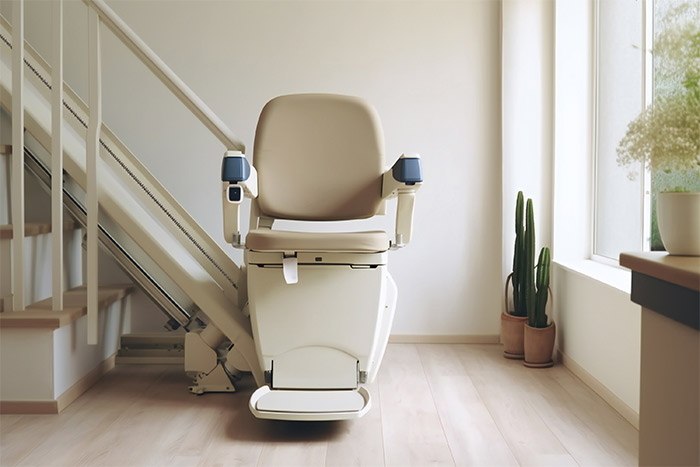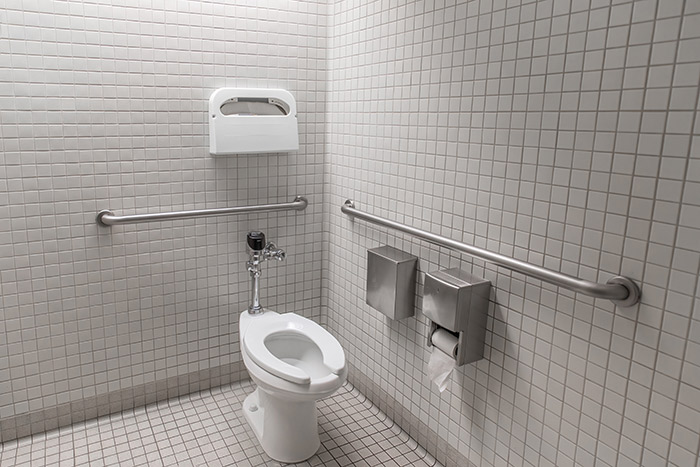

Home modifications refers to the process of making physical changes and alterations to a person’s living environment to improve their safety, accessibility, and independence. Our occupational therapists work closely with clients, their families, and other professionals to create a living space that promotes optimal function and reduces barriers.
Here are some common examples of home modifications in occupational therapy:
The specific home modifications will vary depending on the individual’s unique needs and the layout of their home. Our occupational therapists conduct thorough assessments of the client’s living environment, considering their goals and challenges, to create a personalised plan for home modifications.

Your Journey to Independence Starts Here!
And let us take good care of YOU